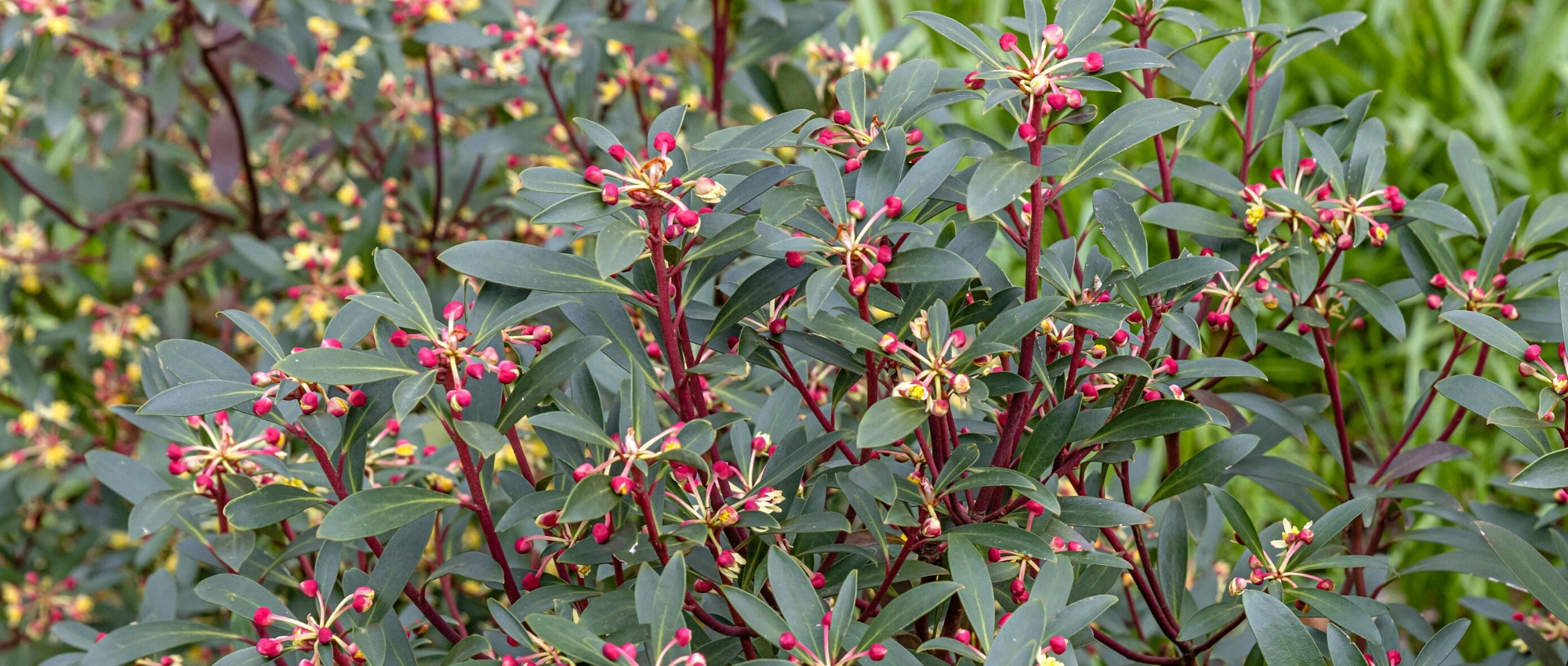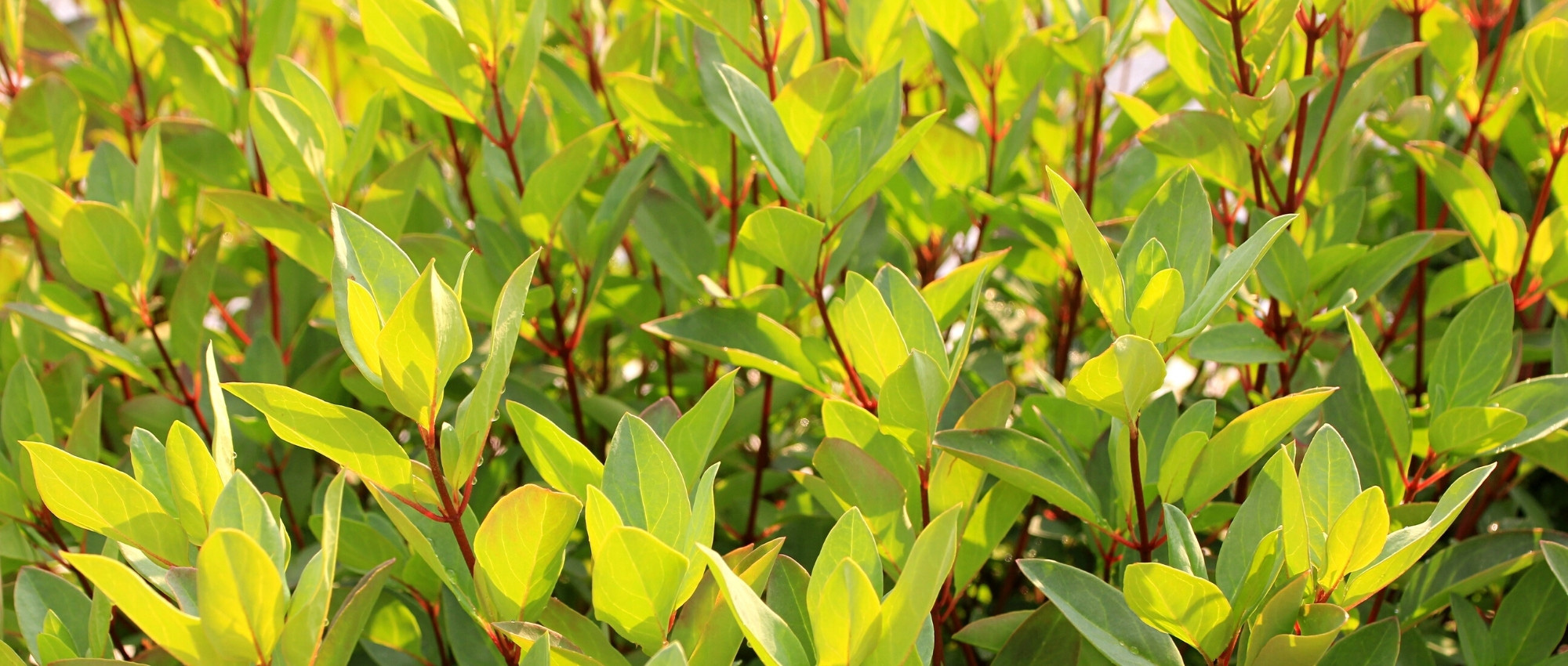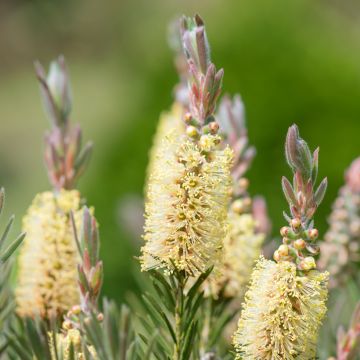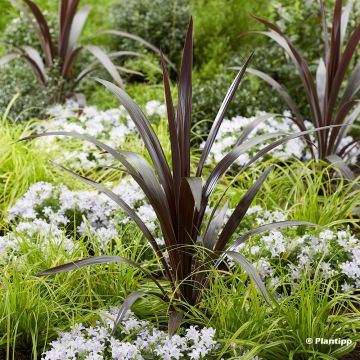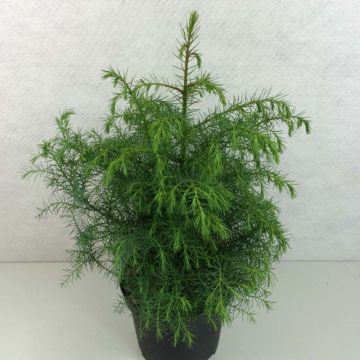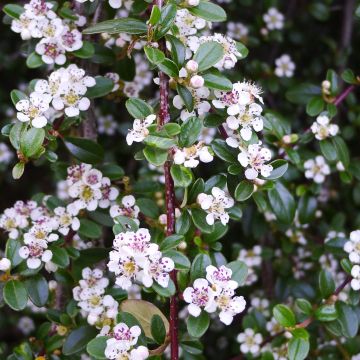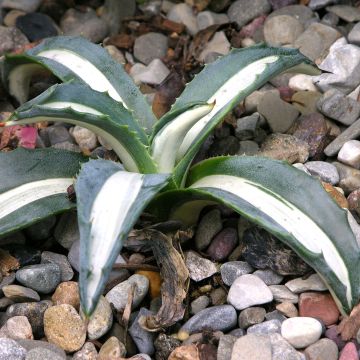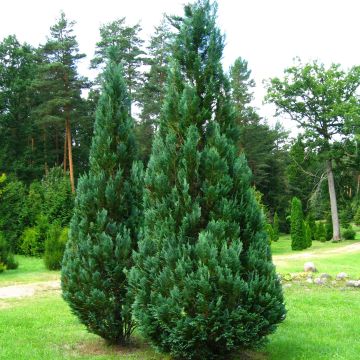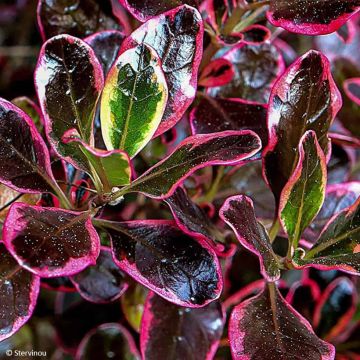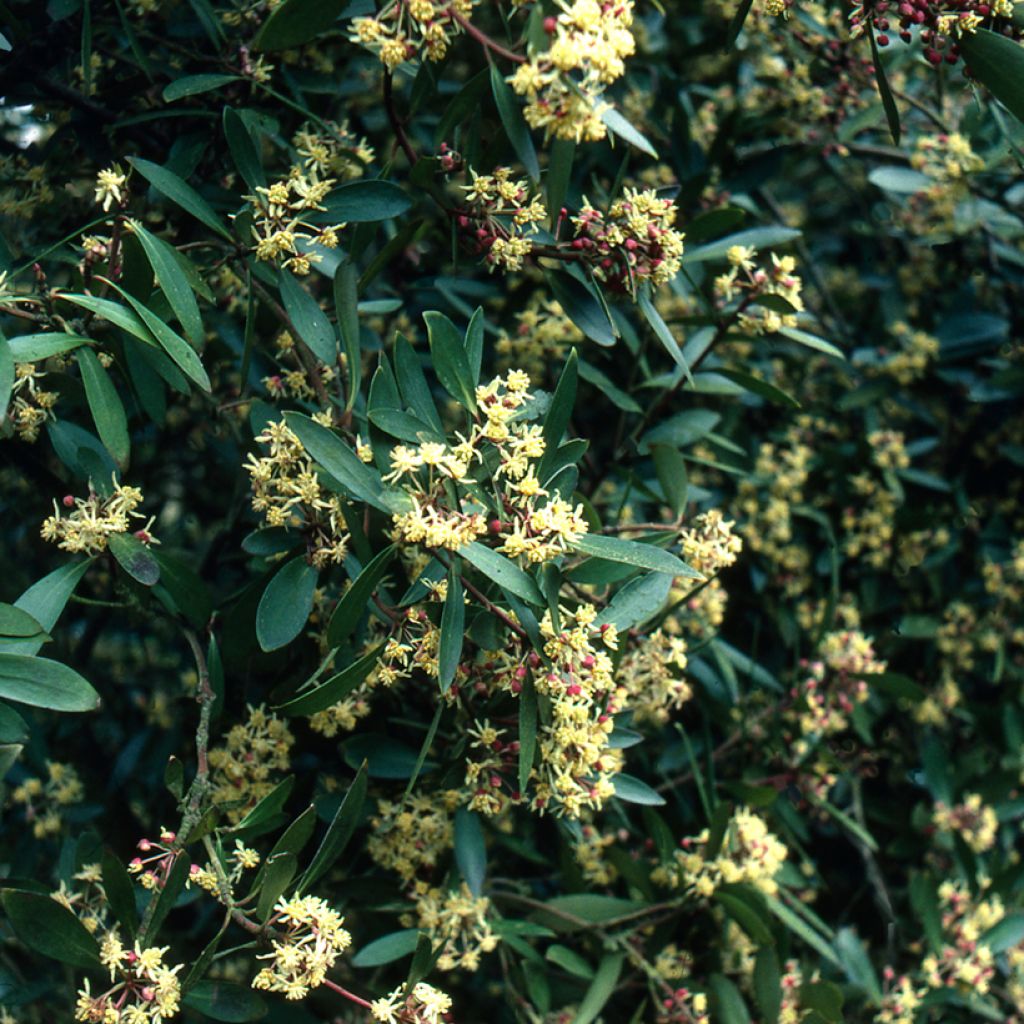

Drimys aromatica
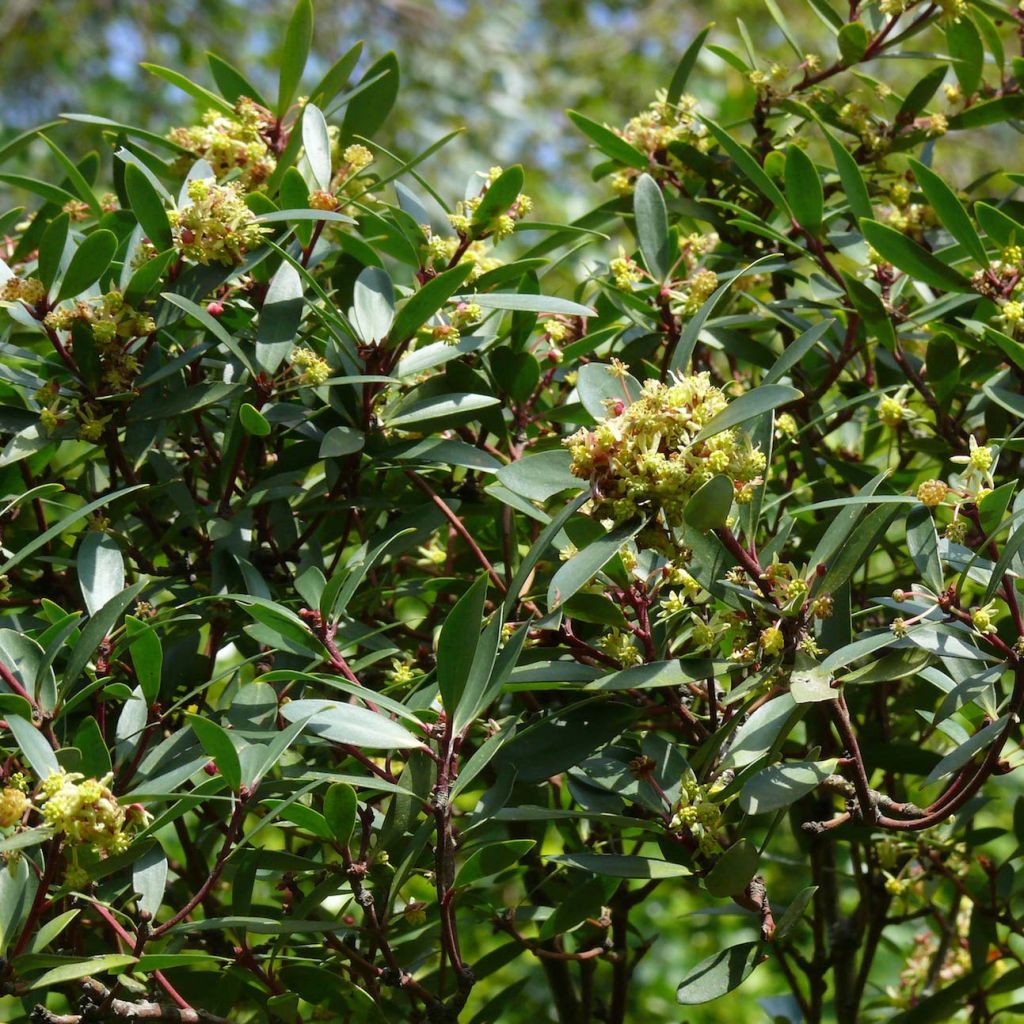

Drimys aromatica
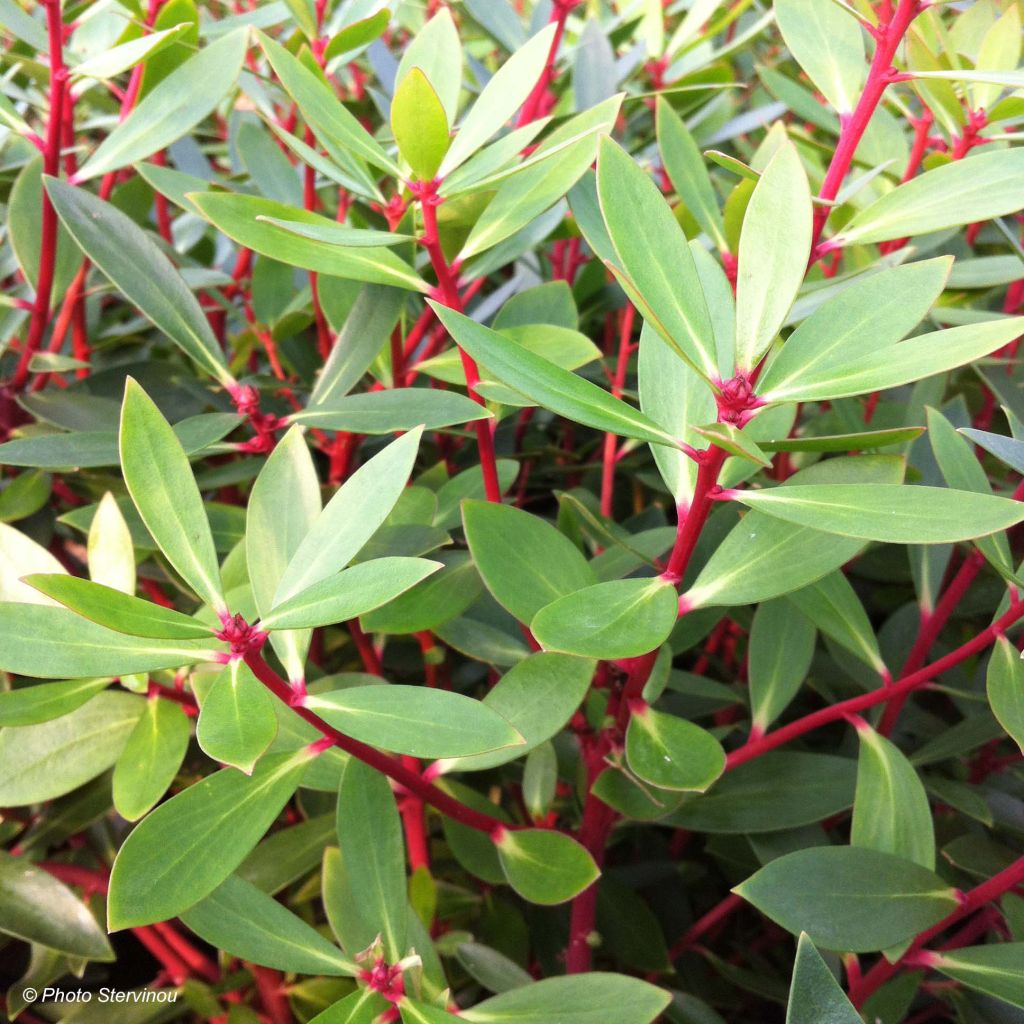

Drimys aromatica
Drimys aromatica
Drimys aromatica
Mountain Pepper, Tasmanian Pepperberry, Australian pepper, Pepper tree, Tasmanian pepper
Fast delivery and pepper in good condition, in accordance with the indications on the website.
JeF, 06/05/2022
Special offer!
Receive a €20 voucher for any order over €90 (excluding delivery costs, credit notes, and plastic-free options)!
1- Add your favorite plants to your cart.
2- Once you have reached €90, confirm your order (you can even choose the delivery date!).
3- As soon as your order is shipped, you will receive an email containing your voucher code, valid for 3 months (90 days).
Your voucher is unique and can only be used once, for any order with a minimum value of €20, excluding delivery costs.
Can be combined with other current offers, non-divisible and non-refundable.
Home or relay delivery (depending on size and destination)
Schedule delivery date,
and select date in basket
This plant carries a 24 months recovery warranty
More information
We guarantee the quality of our plants for a full growing cycle, and will replace at our expense any plant that fails to recover under normal climatic and planting conditions.

Would this plant suit my garden?
Set up your Plantfit profile →
Description
Drimys aromatica, nowadays renamed Tasmannia lanceolata, is an evergreen shrub native to the Antipodes, better known as Tasmanian pepper or Mountain pepper. This species is interesting for several reasons. Firstly, for its elegant habit, bushy, upright, and dense, and then for its young red branches adorned with beautiful glossy foliage, pleasantly aromatic when crushed. While its spring flowers are not spectacular, they are very fragrant and, on female plants, become black and highly aromatic berries when fully ripe. These were once used by local people as a spice to enhance dishes.
Tasmannia lanceolata belongs to an ancient botanical family, the Winteraceae family, which is related to Magnolia. It is native to cold and tropical temperate forests in southeastern Australia. It is an evergreen slow-growing shrub, with a bushy, regular, and upright habit. It will reach an average height of 2.50m (8ft) with a spread of 1.25m (4ft). Its young red-coloured stems bear lanceolate leaves, 4 to 8 cm (2 to 3in) long and 1 to 2 cm (1in) wide. They are dark green and shiny on the upper side, while the underside is light green and matte. Both the foliage and the bark are rich in aromatic compounds. Flowering occurs in late spring, in May-June. The small flowers are composed of 5 waxy petals, cream to green in colour. They are grouped in umbels at the end of the branches. They emit a unique and powerful scent, both pungent and spicy, with a slight acridity. There are male and female Drimys plants. Only the female ones produce clusters of small fruits with 2 round lobes, initially red and turning black when ripe.
Drymis aromatica is not difficult to grow in a suitable climate and in a limestone-free, moist soil. It is elegant and ornamental throughout the year. It can be used to create an evergreen hedge, a windbreak, or planted as a specimen or mixed with other evergreens such as laurel, Elaeagnus, Photinia, or Thuja. It can also be used in a large bed of acid-loving shrubs, for example, Rhododendrons, Camellias, Hydrangeas, Kalmia, Hamamelis, and Pieris, for example.
Drimys aromatica in pictures
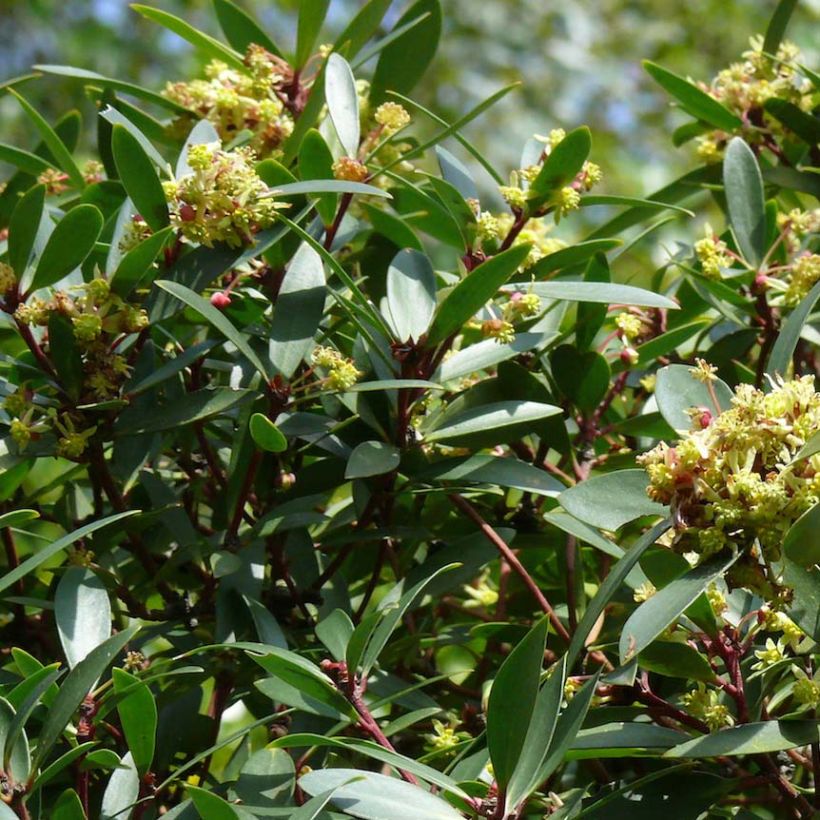

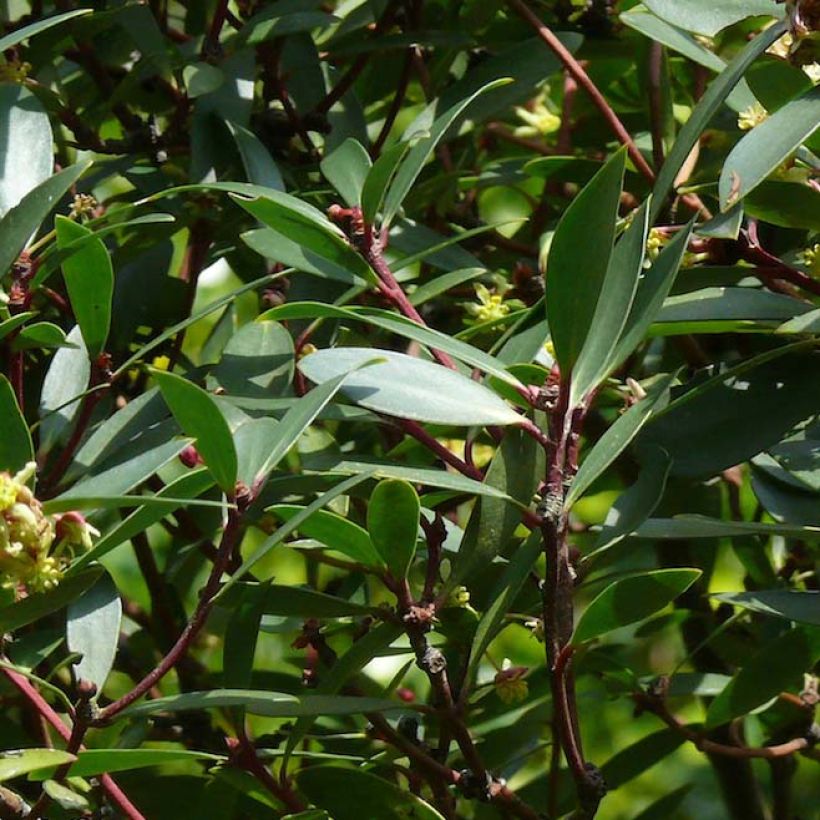

Plant habit
Flowering
Foliage
Botanical data
Drimys
aromatica
Winteraceae
Mountain Pepper, Tasmanian Pepperberry, Australian pepper, Pepper tree, Tasmanian pepper
Tasmannia lanceolata
Oceania
Planting and care
Drimys aromatica will appreciate moist and well-drained, humus-rich, slightly acidic soil. It can tolerate clay and loam soils, but cannot tolerate the presence of limestone in the soil. It is best planted in a sunny or semi-shaded position. This shrub withstands wind well but dislakes coastal salt-laden winds.
It should be planted in autumn in very mild climates, or in spring in colder areas. Once well established, it can withstand temperatures as low as -10°C (14°F). Every spring, apply well-decomposed compost at the base of your Drimys. Mulch the soil in summer to keep it cool. Tasmanian pepper is susceptible to phytophthora, a fungus responsible for root rot in hot climates and moist soil.
Tasmanian pepper can be propagated from seed, cuttings, or by layering. Seeds collected in autumn can be sown under glass in spring. Take heel cuttings in summer. Sections of semi-hardwood stems, 10 to 15cm (4 to 6in) long, should be inserted into a pot and kept in a humid environment.
Planting period
Intended location
Care
Planting & care advice
-
, onOrder confirmed
Reply from on Promesse de fleurs
Similar products
Haven't found what you were looking for?
Hardiness is the lowest winter temperature a plant can endure without suffering serious damage or even dying. However, hardiness is affected by location (a sheltered area, such as a patio), protection (winter cover) and soil type (hardiness is improved by well-drained soil).

Photo Sharing Terms & Conditions
In order to encourage gardeners to interact and share their experiences, Promesse de fleurs offers various media enabling content to be uploaded onto its Site - in particular via the ‘Photo sharing’ module.
The User agrees to refrain from:
- Posting any content that is illegal, prejudicial, insulting, racist, inciteful to hatred, revisionist, contrary to public decency, that infringes on privacy or on the privacy rights of third parties, in particular the publicity rights of persons and goods, intellectual property rights, or the right to privacy.
- Submitting content on behalf of a third party;
- Impersonate the identity of a third party and/or publish any personal information about a third party;
In general, the User undertakes to refrain from any unethical behaviour.
All Content (in particular text, comments, files, images, photos, videos, creative works, etc.), which may be subject to property or intellectual property rights, image or other private rights, shall remain the property of the User, subject to the limited rights granted by the terms of the licence granted by Promesse de fleurs as stated below. Users are at liberty to publish or not to publish such Content on the Site, notably via the ‘Photo Sharing’ facility, and accept that this Content shall be made public and freely accessible, notably on the Internet.
Users further acknowledge, undertake to have ,and guarantee that they hold all necessary rights and permissions to publish such material on the Site, in particular with regard to the legislation in force pertaining to any privacy, property, intellectual property, image, or contractual rights, or rights of any other nature. By publishing such Content on the Site, Users acknowledge accepting full liability as publishers of the Content within the meaning of the law, and grant Promesse de fleurs, free of charge, an inclusive, worldwide licence for the said Content for the entire duration of its publication, including all reproduction, representation, up/downloading, displaying, performing, transmission, and storage rights.
Users also grant permission for their name to be linked to the Content and accept that this link may not always be made available.
By engaging in posting material, Users consent to their Content becoming automatically accessible on the Internet, in particular on other sites and/or blogs and/or web pages of the Promesse de fleurs site, including in particular social pages and the Promesse de fleurs catalogue.
Users may secure the removal of entrusted content free of charge by issuing a simple request via our contact form.
The flowering period indicated on our website applies to countries and regions located in USDA zone 8 (France, the United Kingdom, Ireland, the Netherlands, etc.)
It will vary according to where you live:
- In zones 9 to 10 (Italy, Spain, Greece, etc.), flowering will occur about 2 to 4 weeks earlier.
- In zones 6 to 7 (Germany, Poland, Slovenia, and lower mountainous regions), flowering will be delayed by 2 to 3 weeks.
- In zone 5 (Central Europe, Scandinavia), blooming will be delayed by 3 to 5 weeks.
In temperate climates, pruning of spring-flowering shrubs (forsythia, spireas, etc.) should be done just after flowering.
Pruning of summer-flowering shrubs (Indian Lilac, Perovskia, etc.) can be done in winter or spring.
In cold regions as well as with frost-sensitive plants, avoid pruning too early when severe frosts may still occur.
The planting period indicated on our website applies to countries and regions located in USDA zone 8 (France, United Kingdom, Ireland, Netherlands).
It will vary according to where you live:
- In Mediterranean zones (Marseille, Madrid, Milan, etc.), autumn and winter are the best planting periods.
- In continental zones (Strasbourg, Munich, Vienna, etc.), delay planting by 2 to 3 weeks in spring and bring it forward by 2 to 4 weeks in autumn.
- In mountainous regions (the Alps, Pyrenees, Carpathians, etc.), it is best to plant in late spring (May-June) or late summer (August-September).
The harvesting period indicated on our website applies to countries and regions in USDA zone 8 (France, England, Ireland, the Netherlands).
In colder areas (Scandinavia, Poland, Austria...) fruit and vegetable harvests are likely to be delayed by 3-4 weeks.
In warmer areas (Italy, Spain, Greece, etc.), harvesting will probably take place earlier, depending on weather conditions.
The sowing periods indicated on our website apply to countries and regions within USDA Zone 8 (France, UK, Ireland, Netherlands).
In colder areas (Scandinavia, Poland, Austria...), delay any outdoor sowing by 3-4 weeks, or sow under glass.
In warmer climes (Italy, Spain, Greece, etc.), bring outdoor sowing forward by a few weeks.






























